A PhD student in QLD improves mine safety with her predictive computer program
Some of the risk involved in working underground is being reduced by a revolutionary approach to predicting the collapse of mine retaining walls .
“In mining, huge voids are created underground when valuable ore is removed. Voids often the size of a 50 story-high building,” said Kirralee Rankine, a PhD student at James Cook University.
“The holes are filled up with waste rock. First the rock is crushed to a powder and mixed with water to make a slurry that is about the consistency of soup. It is then pumped back into the underground holes.”
“Retaining walls are constructed to contain the slurry as it is being pumped into the hole. If the walls breaks, thousands of tonnes of slurry is released into the underground tunnels.”
“If we can accurately predict soil and rock behaviour, we can properly manage the risk of in-rush,” she said.
Kirralee has done just that. As part of her PhD, she has developed laboratory techniques and written a computer program to simulate components of the filling and drainage processes in underground mines. This have given the mining industry a better understanding of drainage behaviour.
The three-dimensional computer program is the first of its kind that will be available for mines throughout Australia and worldwide to use as an effective prediction tool in mine drainage.
The techniques developed by Kirralee are already being implemented in mines across Australia, and she hopes that through continued research and with the aid of her drainage prediction tools, the potential for mine in-rush will be reduced.
Kirralee is one of 15 early-career scientists presenting their work to the public and media as part of Fresh Science, a national competition that highlights the work of young scientists. The person who best meets the requirements of the program will win a study tour to the UK courtesy of British Council Australia.
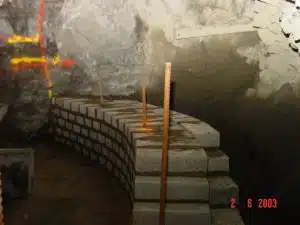
Underground barricade
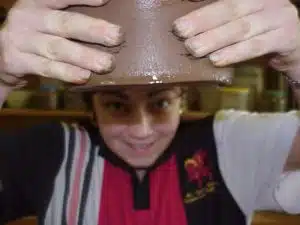
A very well prepared mud pie
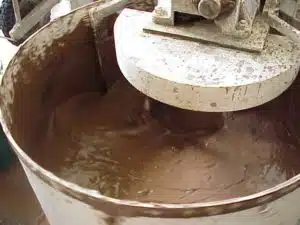
Slurry prep
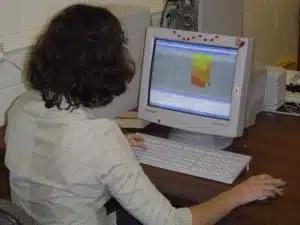
Kirralee at work

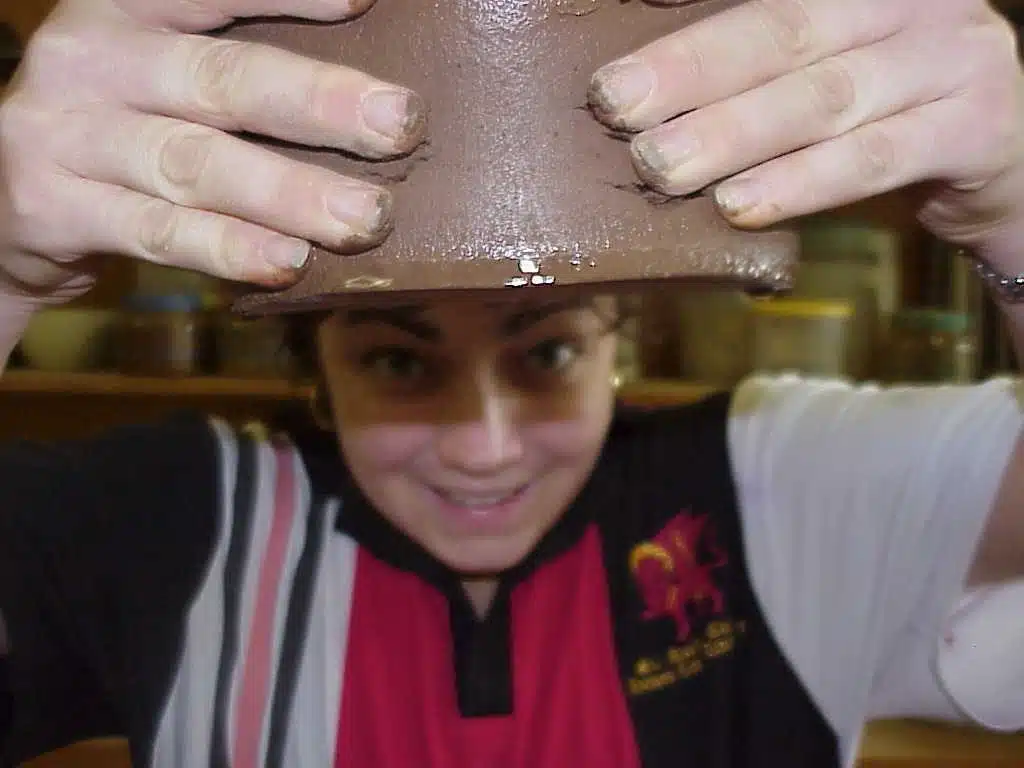

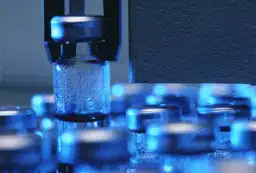

 Fresh Science is on hold for 2022. We will be back in 2023.
Fresh Science is on hold for 2022. We will be back in 2023.